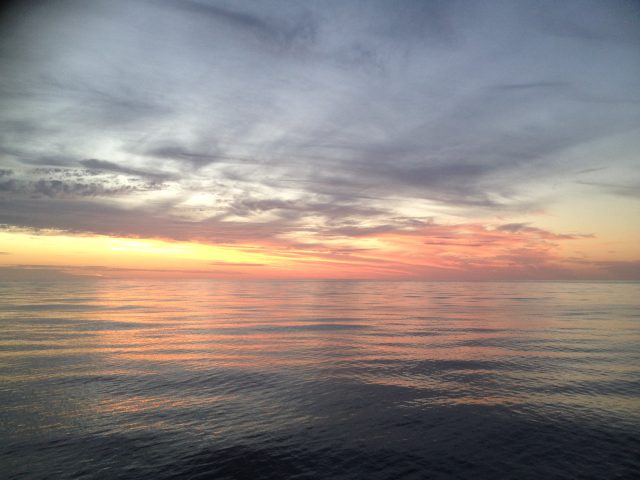The story behind the island that wasn’t there
Ars Technica » Scientific Method 2013-06-25

Last November, an oddball news story caught attention around the world. A research vessel in the Coral Sea, northwest of Australia, discovered that a small island on the map didn’t actually, well, exist. It wasn’t a victim of sea level rise or a David Copperfield illusion—there just wasn’t anything there. A lot of the news coverage at the time was (quite appropriately) of the “Gee—whaddya know?” variety, but the researchers who “undiscovered” (de-scovered?) Sandy Island recently published a paper in Eos detailing answers to deeper questions—how did the island get on the map in the first place and what can we learn from its undiscovery?
The vessel, the RV Southern Surveyor, wasn’t out checking on islands to make sure they were still there. As University of Sydney PhD student Sabin Zahirovic told Ars, the research group on board was collecting measurements of the seafloor to aid in piecing together the plate tectonic history of the Coral Sea region, which is poorly understood. That included things like seafloor depth, magnetism (magnetic signatures are locked into the rock as it cools from magma at mid-ocean ridges), gravity measurements (which detect variations in rock density), and good old fashioned rock samples.
It was with that work on their mind that they noticed something odd. “Close to New Caledonia, we noticed this blob that represented Sandy Island on our scientific charts,” Zahirovic said, “At that time we were unaware of the island's name because it did not appear in the main navigational chart, but only in our scientific charts and cached version of Google Earth.”
Read 16 remaining paragraphs | Comments